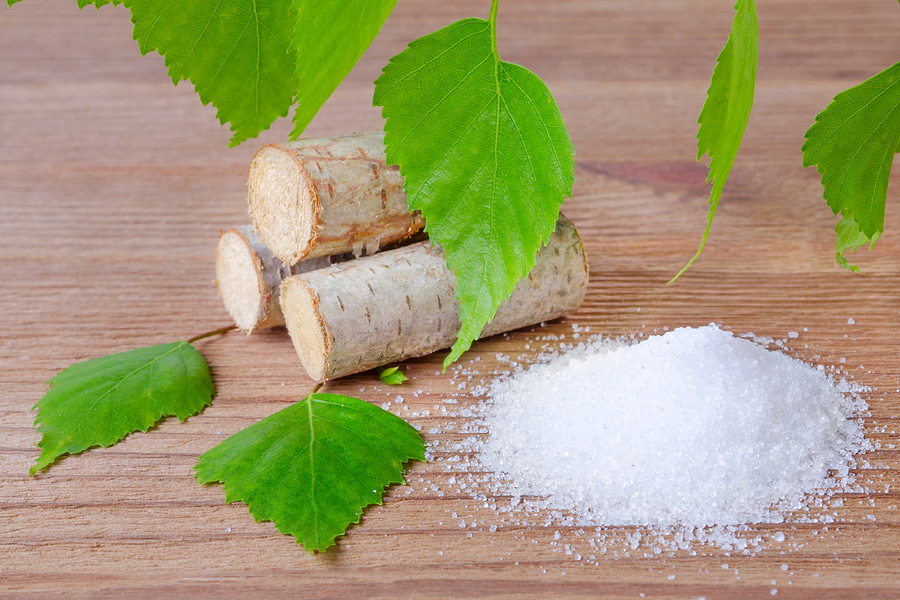Ways to Benefit from Xylitol

Xylitol has been clinically proven to improve oral health by neutralizing bad bacteria in the mouth. But apart from gum and mints, how are we supposed to eat it?
Because
it is a natural sugar substitute, there are dozens of ways to use
xylitol in your daily life. Below are just a few of the many ways to
benefit from replacing sugar with xylitol in your diet.
Reasons to use xylitol
As
a naturally occurring sugar substitute, xylitol is beneficial to those
hoping to lose weight, control blood sugar, and improve their oral
health. The following are five reasons to consider using xylitol instead
of sugar when cooking or baking.
- Xylitol is all-natural
- Xylitol replaces sugar – without a harsh, chemical aftertaste
- Xylitol is low on the glycemic index, making it ideal for those trying to control their blood sugar
- Xylitol can be used as a substitute for sugar in cooking and baking in almost any recipe
- Xylitol improves oral health by stopping the growth of decay-causing bacteria in the mouth
How much xylitol should I use?
Just
like sugar, xylitol should be used in moderation. While older research
recommended ingesting 6-10 grams of xylitol per day, newer research
has shown that the number of “exposures” is far more important that the
amount. Consumers should aim to consume 100% xylitol 4-5 times
throughout the day, particularly after meals. Remember to “Strive for Five”:
1. Use xylitol toothpaste and mouthwash after waking up
2. After breakfast, use xylitol gum or mints
3. After lunch, brush with xylitol toothpaste or use xylitol gum or mints
4. After dinner, use xylitol gum or mints
5. Before bed, use xylitol toothpaste and mouthwash
Tips for cooking with xylitol
Xylitol
can be used as a sugar substitute in many recipes. However, because it
is an all-natural sugar substitute, recipes may need to be slightly
adjusted. The following tips can help you better cook and bake with
xylitol.
- Xylitol absorbs moisture; because of this, additional wet ingredients may need to be added to cookie and brownie recipes.
-
Because yeast does not metabolize xylitol, it cannot be used to
replace sugar in breads that rise. However, this means that xylitol
won’t feed candida – and it can be used as a natural preservative in
glazes and frostings.
- When used in sauces, syrups, and jams,
xylitol sometimes crystalizes. Combat this by adding small amounts of
xanthan gum to the xylitol before cooking.
- To replace brown sugar with xylitol, add 1-2 tablespoons of molasses for every cup of xylitol used.
-
Xylitol remains stable under high heat; this prevents it from
caramelizing. Because of this, it is not ideal for use when creating
caramel, hard candies, or when topping crème brulee.
